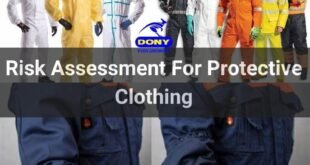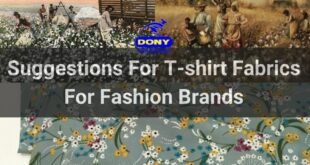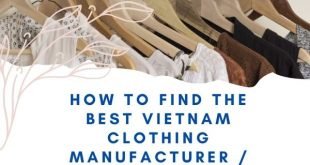Sportswear is a type of clothing that is reserved for use when people want to play or practice sports. However, for each different sport, the design as well as the material that makes up the costume will be different. Therefore, the choice of fabric used to sew sportswear is extremely important, which can affect the health of the wearer.
1 Wool fabric
Wool fabric is a material produced in two ways: woven from the fur of animals or from acrylic fibers (artificial wool). Although sports require light, comfortable clothing, wool is a suitable material to make sportswear in places with very cold weather.
It is extremely difficult to exercise in the gym during the winter. And the usual clothes, especially summer gym clothes. They cannot meet the gymmer’s body heat. Using wool fabric for clothing products will make winter gym and yoga exercises simpler. No more obstacles and difficulties, as well as temperature restrictions
Pros
- Wool has good elasticity, so it can be used to sew tight sports clothes.
- Wool fabric has many ventilation holes to help the wearer feel comfortable.
- It is a great material for making sportswear for skiing.
Cons
- The only disadvantage of wool fabric is that it is not very durable and takes a long time to dry.
2 Bamboo
Bamboo fabric is considered one of the more environmentally friendly fabrics. It is for this reason that the trend toward using materials is increasing today. Bamboo fabric is produced from the stem of the bamboo plant, so this is a natural, readily available, and easy-to-find fabric.
Bamboo fiber also provides excellent protection from UV rays when you indulge in outdoor sports. In addition to the gym, it is also suitable for marathons, hot yoga classes, etc.
Pros
- Bamboo material is very light, so it helps sports clothes create a comfortable feeling for the wearer.
- Bamboo fabric also has very high breathability and good sweat absorption.
- Bamboo fabric has the ability to deodorize and is antibacterial.
Cons
- Bamboo fabric is quite prone to wrinkles and is not as durable as synthetic fabrics.
- Bamboo fabric is easy to absorb water, so it is only suitable for sewing sportswear for light activities.
3 Spandex
Spandex fabric is a synthetic fiber with great stretchability. is one of the necessary characteristics for sewing sportswear. Spandex is a material that is often added to other fabrics to help create elasticity.
Spandex is one of the most common materials used in sportswear. This is because it has a high stretch that keeps you flexible and comfortable when moving.
This material is known to be stretched to 100 times its original size. making it a favorite material for sportswear as well as gym wear. This material is also known for features such as good sweat absorption, breathability, and quick drying.
Pros
- Excellent stretchability.
- The fabric is suitable for making body-hugging garments.
- The material has a very high resilience.
- has high breathability and is easy to absorb sweat.
Cons
- Clothes made from spandex are very difficult to maintain.
4 Gore-Tex
If talking about a very good waterproof fabric, do not ignore the name Gore-Tex. Gore-Tex fabric possesses an ultra-thin film with a fabric pore size 20,000 times smaller than water molecules. Therefore, when water is in direct contact, it still cannot penetrate the Gore-Tex fabric, creating extreme waterproofing ability.
In addition to waterproofing, Gore-Tex fabric is also durable and dirt-resistant, so it is easy to clean. However, this fabric can only be washed by hand because machine washing will destroy the water-resistant film.
Gore-Tex is a breathable material and is the best choice for intense workouts. Essentially, the outer coating is waterproof but allows your sweat to evaporate. Therefore, this material is a good choice for windbreakers.
Pros
- Gore-Tex is also highly durable.
- The fabric is resistant to dirt, so it is very easy to clean.
- extremely good water resistance.
- Gore-Tex is a breathable material and is the best choice for intense workouts.
Cons
- can only be washed by hand because machine washing will destroy the waterproof film.
5 Nylon
Nylon fabric is a material made from synthetic fibers and is known to be a popular material for making raincoats. And because of this advantage, the material is very suitable for sewing sportswear.
Nylon is a very soft material with a silk-like texture that dries very quickly. Nylon fabric also wicks sweat and helps it evaporate easily. The nylon material is also mildew-resistant, making the fabric more durable. Nylon also has good stretchability and resilience.
Because nylon fabric is not absorbent, it is only appropriate for light sports such as gym, yoga, and so on.It is not suitable for running and jumping sports such as soccer, jogging, etc. that require sweat absorption.
Pros
- Nylon fabric is highly water-resistant.
- The fabric is very durable and does not wrinkle during use.
- The fabric is also very quick to dry and never gets moldy in the rainy season.
- Nylon fabric is cheap.
Cons
- The fabric has low breathability and does not absorb sweat, so sometimes the wearer feels tight and uncomfortable.
6 Polyester
Polyester fabric is one of the most commonly used fabrics for sportswear. The material is widely used in sports such as swimming and athletics or is used to sew costumes to make gym clothes because it is cheap, durable, less wrinkled, and volatile. Sweat is extremely beneficial.
It is waterproof in nature, which means your sweat is not absorbed by this fabric but left to dry on its own. Polyester also has insulating properties, making it a good choice for both hot and cold weather.
Pros
- create a comfortable feeling for the user.
- does not create great pressure when athletes participate in sports activities.
- The material is also low in water absorption, so it is suitable for sewing sports clothes for swimming.
- Light-weight fabric.
Cons
- The fabric has low breathability, so it sometimes makes the wearer hot and uncomfortable.
7 Cotton
Cotton fabric is a non-irritating and environmentally friendly plant-based fabric known for its excellent moisture absorption and breathability. But for the sewing of sports clothes, it is not possible to use 100% cotton fabric because its good absorption will make you look like you have just exercised and showered.
Therefore, cotton fabric is often mixed with polyester fabric to create sportswear fabric. If you want to use sportswear made entirely of cotton, you should practice low-sweating exercises or do yoga, weightlifting, or other low-perspiration activities.
Pros
- made from natural cotton fibers.
- helps keep sportswear cool and does not cause skin irritation.
- Cotton fabric is suitable for sewing many types of sports clothes, such as gym, yoga, weightlifting, aerobics,…
- It helps the wearer not to feel oppressed.
- has the ability to limit sweat on the body.
Cons
- prone to wrinkles when used or after washing.
- It is easy to lose shape.
- The weight of the fabric will be much greater than the original when sweating.
- high price.
8 Tricot
Tricot fabric, also known as knitted fabric, comes from the French verb tricoter, which means to weave. Tricot fabric is a unique zigzag pattern fabric; one side has a texture and the other side is a solid color. The fabric has a rib on the back. Horizontal stripes can be seen on the right side of the fabric. This is a loose, smooth-textured fabric that can stretch vertically or just enough horizontally.
Tricot fabric is a very popular fabric thanks to its soft characteristics, bringing comfort to the wearer while also being equally fashionable. Tricot fabric is known as an environmentally friendly, odorless fabric and is often used to create clothing such as underwear, sportswear, swimwear, etc.
Pros
- The fabric has a very airy, soft, and porous surface.
- easy to maintain, and virtually no ironing is required.
- has good permeability.
- Elasticity, high elasticity, and suitability for the wearer’s activities, such as living or participating in sports
- It absorbs and drains sweat quite well and does not trap sweat on the body like other fabrics.
- The tricot fabric is very difficult to crease.
- The fabric retains heat well without hindering the ventilation process between the wearer’s body and the surrounding environment.
Cons
- Tricot fabric is easy to curl and easily slips off the knitting loop.
9 Jersey
The jersey fabric is named after the island of Jersey, which is the largest of the Channel Islands and located in the La Manche Strait between Great Britain and France. This is also where jersey fabric first appeared when people here used weft-knit fabrics to knit.
Jersey is a soft, stretchy knit fabric that was originally made from wool. Today, jersey is also made from cotton or a blend of cotton and synthetic fibers. The right side of the jersey knit is plain with a light single ribbed knit, while the back of the knit has multiple loops.
This fabric is light to medium in weight and is used for a variety of sportswear. Jersey fabric is breathable and has excellent moisture absorption. If you sweat a lot, there’s nothing better than a non-sticky jersey t-shirt. Jersey fabric is easy to dye and fade-resistant, keeping color for a long time.
Pros
- The fabric is lighter in weight than other knitted fabrics.
- The jersey fabric is flexible and can stretch without deforming.
- The surface of the jersey fabric is smooth, silky, and thermally insulating.
- Breathable fabric has excellent moisture absorption, so it will not cause stickiness when worn in summer and is very suitable for sportswear.
Cons
- With thin fabrics such as elastic, when stretching the edge, the fabric will curl.
10 Taslan
The artificial material taslan is strong, formed by the woven yarn, and creates a small scar, so it is rough to the touch. Due to the porous structure, heat regulation and air exchange are provided, a special polymer layer repels dirt and water, and the reinforcing fibers retain their shape and prevent stretching.
Due to the combination of properties, this material is indispensable in sportswear. Taslan goes with anything without any filler; it is perfectly used in casual sportswear and for outdoor sports activities.
Pros
- Keep moisture and dirt out of your clothes.
- provides color fastness and reduces the effects of ultraviolet radiation.
- not afraid of much mechanical impact or friction.
- resistant to chemical and organic solvents.
- The porous surface provides breathability, creating a certain microclimate, thanks to which the fabric is hygroscopic and lightweight.
- does not lose its appearance for a long time and does not deform.
Cons
- Taslan belongs to the tissue segment that is not very cheap.
- may make a slight rustling sound when moving.
11 Microfiber
Microfiber fabric was created in 1950 using a hot-melting spinning technique, but many people were unaware of it at the time.It was not until 1960 that this fabric was developed by a scientist in Japan, and this is also an important milestone that sets the stage for microfiber fabric to be used a lot in the textile industry.
Currently, microfiber fabric is getting better and better and also possesses more outstanding features, so this fabric has become a popular material in many fields, including apparel.
Microfiber fabric is derived from man-made fibers, which is an improvement over synthetic fiber fabric. Microfiber fabrics are manufactured from many different materials, of which the two main components are polyester and polyamide.
In addition, this fabric can also be made from other natural materials, such as cellulose or carbohydrates. Microfiber fabric, also known as Microtex fiber, is a kind of microstructured fiber.
Pros
- Compared to other fabrics, microfiber has superior antibacterial ability.
- The service life of products using microfiber cloth is usually very long.
- Microfiber fabric brings comfort to the user.
- can be machine or hand washed without causing fabric damage.
Cons
- tend to accumulate static electricity.
12 Synthetic fabric between poplin and nylon
Poplin fabric was born in the 15th century in Avignon, France. The name “poplin” is a transliteration of the French word “papelaine,” and their material is similar to silk. By the twentieth century, poplin fabric was more commonly used.
Poplin fabric first appeared in the United States in 1920, but it was known by other names, such as widecloth.To this day, the name “widecloth” is still used for poplin fabrics that have a blend of polyester and cotton.
Poplin fabric, also known as tabinet, has a ribbed texture that runs along the grain. The weft threads run the width of the fabric, have more thickness, and stand out more, creating a ribbed effect. The combination of different thick and thin fabrics makes poplin strong, sharp, and soft.
Nylon poplin fabric inherits the unique properties of nylon fibers, such as high strength and no wrinkles or sagging, combined with the good properties of poplin fibers, such as the smoothness of the surface and high aesthetics. create excellent sportswear products in terms of both price and quality.
Pros
- Nylon poplin has a very soft and smooth surface.
- Poplin nylon fabric is quite durable.
- Poplin nylon fabric brings a delicate, luxurious, and precious beauty to the user.
- Poplin nylon fabric has a low cost, which makes it very affordable for many people.
Cons
- It is very difficult to create standing shapes for clothes.
13 Pongee
Pongee fabric was a very important export from China to the United States in the early 20th century. It is still woven from pure silk by many factories in most Chinese towns. Especially in Sichuan, Zhejiang, Anhui, and Jiangsu provinces
Pongee is a well-balanced, medium-weight woven fabric with an irregular ball shape and regular warp. It was originally a raw silk fabric.
Today, it is used to refer to a fabric in the form of a ball of yarn and a thin warp. The most common form of pongee fabric is plain weave. It has a natural silk-like color, is light, and often has a pleated effect.
Pongee is created through the weaving of yarns that are twisted unevenly at different points. The resulting fabric often has horizontal “grooves” running along the weft, where the yarns increase and decrease in thickness.
Pros
- good color retention and fade resistance
- Recyclable
- waterproof and dries quickly.
- wear-resistant and very durable.
- cleanable and dry cleanable
- resistant to shrinking and stretching
Cons
- capable of accumulating electricity
14 Fleece
Even though it’s named “fleece,” it’s 100% synthetic and derived from plastic rather than fleece, although it looks very similar to the touch. super-soft, warm, and breathable properties of the material. This wonder material makes it perfect for outdoor use in cold-weather locations.
For polyester fleece, polyester fibers need to be made first. They are made using a chemical reaction involving petroleum and petroleum derivatives. These chemicals are heated until they form a thick syrup, which then hardens and is spun. Due to the structure of the fibers, fleece is extremely warm and allows air to pass through it easily.
Fleece’s properties make it extremely useful for keeping warm, especially outdoors. It has a superimposed surface on both sides of the fabric, meaning that each side has a layer of cut yarn. Air pockets can get between the fibers on this surface, which means the material can stay warmer than other conventional fabrics.
Pros
- can keep you warmer than other common fabrics.
- Fleece fabric is soft and lighter in weight than wool.
- Fleece fabric is synthesized from polyester, so it does not cause itching.
- Not only is it warm and durable, but it’s also moisture-resistant, making it ideal for extreme weather conditions or for sportswear.
Cons
- This fabric is not very eco-friendly and is not biodegradable.
15 Polar fleece
Polar fleece is a polyester fabric with a double-sided pile. This is an extremely durable, moisture-resistant, quick-drying fabric that keeps the wearer warm. Due to its construction, polar fleece does not rot, even if it is worn frequently. It’s lighter and warmer than wool, making it ideal for active wear. Polar fleece is a highly versatile fabric.
The surface of the fabric must be covered with a soft and smooth short fluff; when touching it, it will feel soft, warm, and very comfortable. As for the reverse side of the fabric, there is also the same layer of fluff, but it is clearer and coarser than the right side of the fabric.
Polar fleece has been around since the 1990s and is commonly used today. Products made from Polar fleece are added to the pipes every day, such as clothes and pillows.
Polar is trusted by many manufacturers of clothing, especially children’s products such as clothes, pillows, diving gear for great depths, climbing gear, etc. The polar fleece material has many advantages over other brands such as cotton, wool, etc.
Cotton felt has been around since the 1990s and is commonly used today. Products made from cotton felt are added to the pipes every day, such as clothes and pillows. In particular, cotton felt is trusted by many manufacturers of clothing, especially children’s products such as clothes, pillows, etc. The felt material has many advantages over other brands such as cotton, wool, etc.
Pros
- Polar fleece is even warmer than fabrics like cotton, cotton, and wool. That’s thanks to the short, smooth hair on both the inside and outside of the fabric.
- Various designs and colors
- Wearable on both sides: Because polar fleece has a parallel fabric structure, many products made from polar fleece fabric do not distinguish between the left and right sides. Therefore, both sides can be conveniently used.
- Most polar fleece products are affordable.
Cons
- Polar fleece is a material for making winter sportswear for the cold season, so for items with a shell made of polar fleece fabric, they will be very hot and mysterious when used in the summer.
16 Ripstop
Ripstop fabrics are high-grade woven fabrics, usually made of nylon, that use a special reinforcement technique that prevents them from becoming abrasive. The thin and light ripstop fabric has a two-way construction because the thicker fibers are encased in a thin layer of fabric.
Modern weaving techniques make the ripstop yarn less obvious. If you want the fabric to stand out more, you can use the method of knitting two or three thin threads with small spacing.
Ripstop fabric is widely used in a variety of garments, including sportswear, windbreakers, backpack jackets, hiking shoes, backpacks, etc., due to the advantages of this fabric.
protects users from harsh environmental conditions, especially in cold regions, by blocking wind, heating, and moisture. When we play sports, we are very active, so choosing workout clothes is important. Ripstop fabric is very good.
Because ripstop fabric has good elasticity, it does not lose the shape of clothes and can also prevent wrinkles and discoloration of garments. However, because of its poor ability to absorb sweat, manufacturers frequently mix polyester when sewing clothes with ripstop fabric.
Pros
- Good elasticity, light weight.
- feel comfortable and light when wearing ripstop fabric.
- high heat insulation capacity, ideal for making winter sportswear.
- Clothing products made from ripstop fabric are cheap and suitable for many objects.
Cons
- Although it has the ability to dry immediately after being wet, its ability to absorb moisture and perspiration is relatively poor.
17 Final words
The choice of a fabric for sewing sportswear needs to be based on criteria such as sweat absorption, comfort for the wearer, and attached utilities such as ease of cleaning or resistance. to ensure as much comfort as possible for the user. We hope that the above article can help you choose the best option for your future project.
 Henry Pham (Pham Quang Anh), CEO of DONY Garment
Henry Pham (Pham Quang Anh), CEO of DONY Garment
This year, we have found that many international buyers are seeking new suppliers based in nations outside of China and Thailand to purchase many goods and products, including uniforms, workwear, reusable cloth face mask, and protective clothing.
At DONY Garment, we are proud to welcome international customers, especially those based in the US, Canada, the Middle East, and the EU market to discover the professional production line at our factory in Vietnam.
We guarantee our products are of the highest quality, at an affordable cost, and easy to transport across the world.
 Dony Garment Vietnamese Garment Factory Supplier – Apparel Clothing & Textile Manufactured. Private label clothing Produce women, men, children baby wear – Casual Clothing, Uniform, Workwear
Dony Garment Vietnamese Garment Factory Supplier – Apparel Clothing & Textile Manufactured. Private label clothing Produce women, men, children baby wear – Casual Clothing, Uniform, Workwear





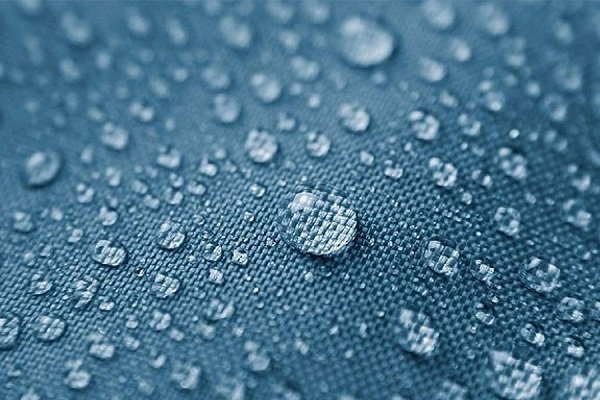
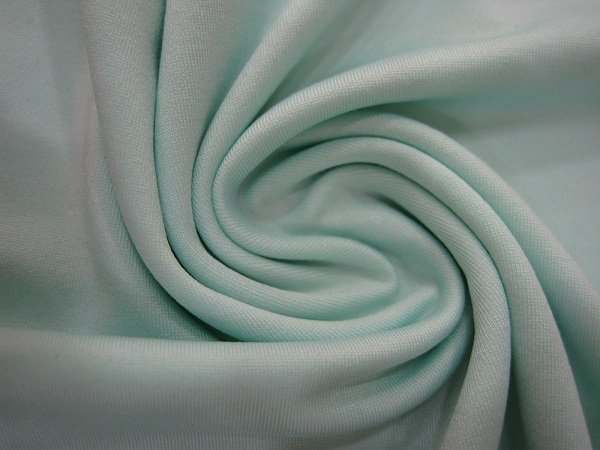
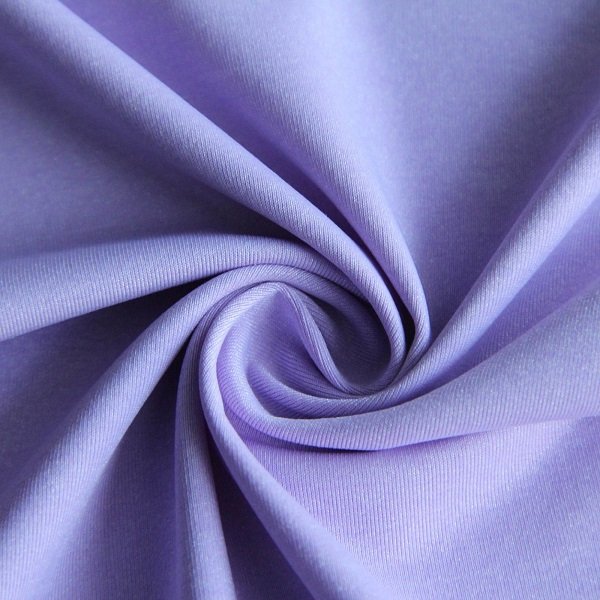
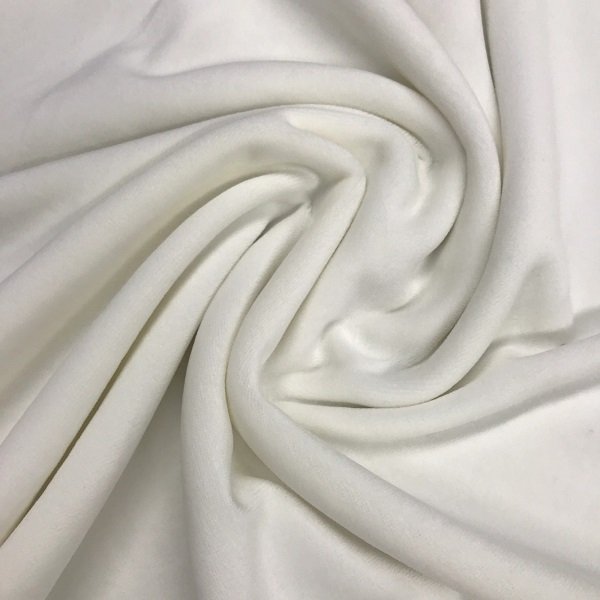
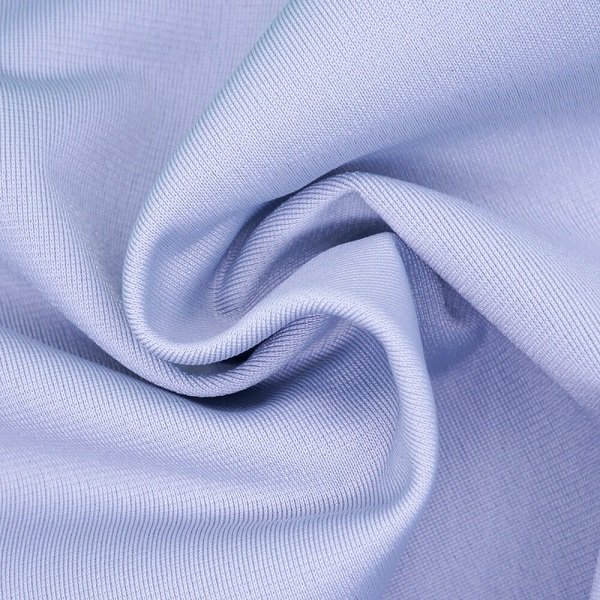
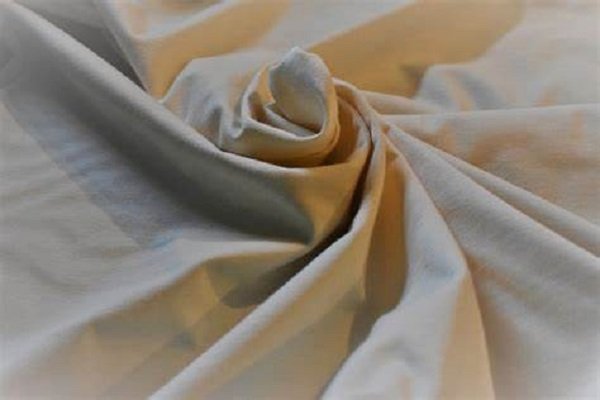
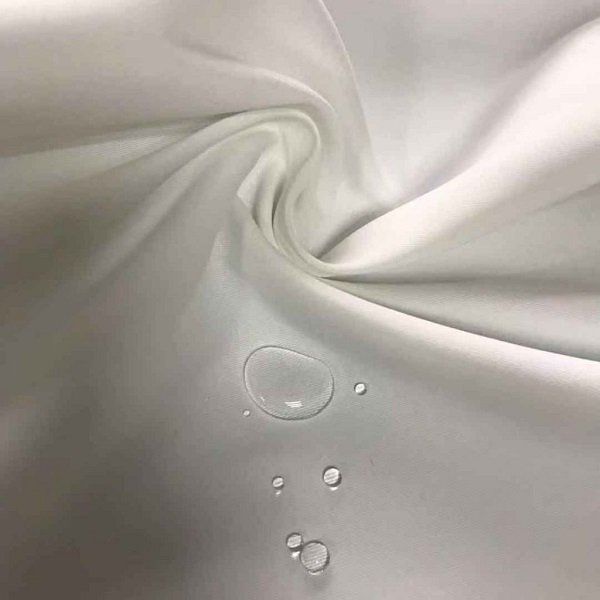
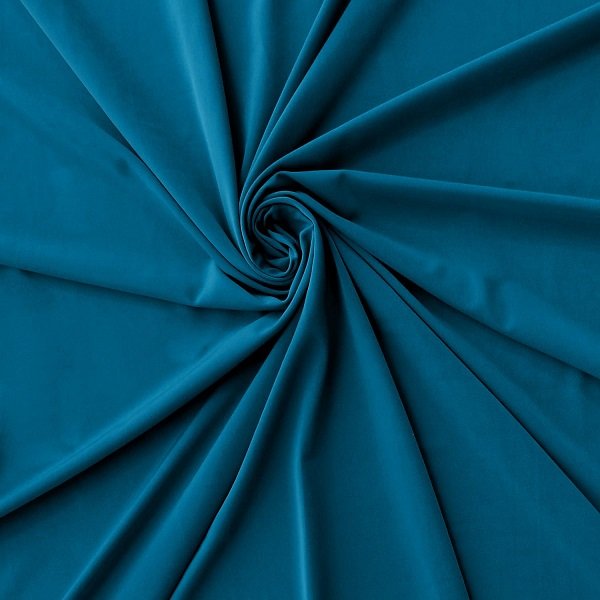
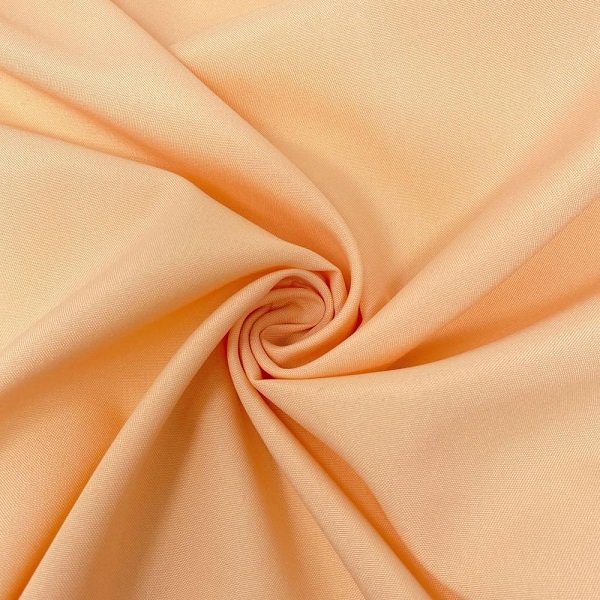

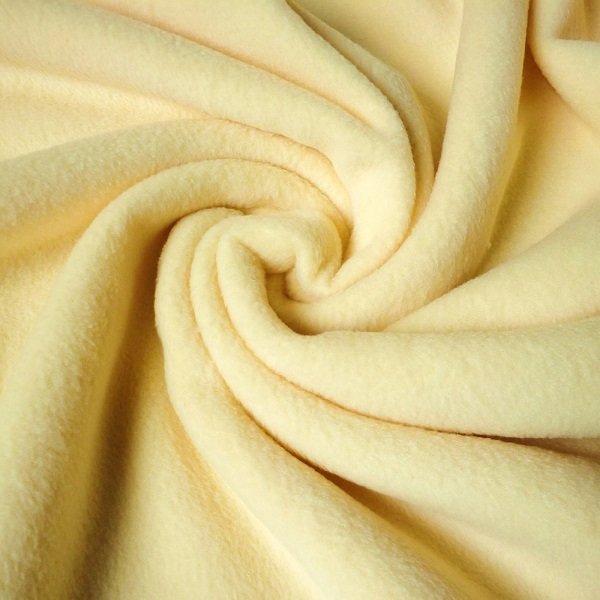

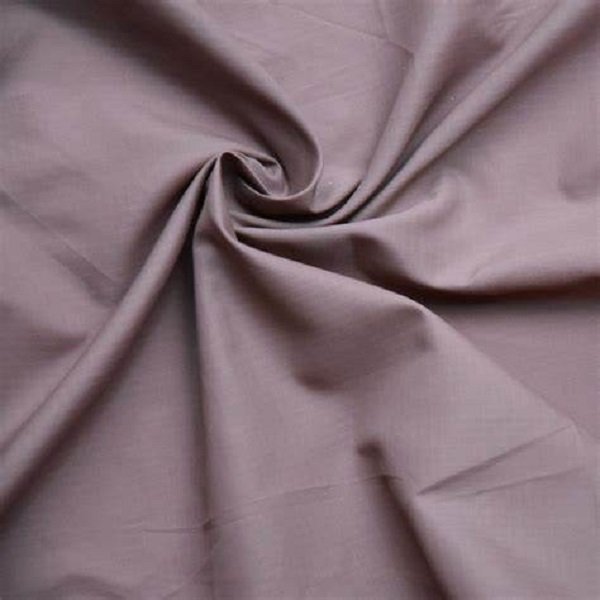
 Henry Pham (Pham Quang Anh), CEO of DONY Garment
Henry Pham (Pham Quang Anh), CEO of DONY Garment
